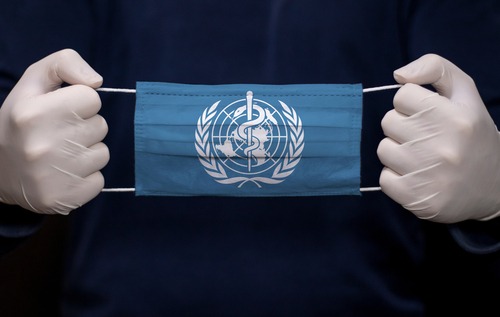
The World Health Organization (WHO) released a compendium this week consisting of 24 innovative health technologies that could be used by low and middle-income countries to advance disease preparedness and response.
“Innovative technologies are accelerating access to healthcare everywhere, but we must ensure that they are readily available in all health facilities, fairly priced and quality-assured,” Dr. Mariângela Simão, WHO Assistant Director General for Access to Health Products, said. “WHO will continue to work with governments, funders and manufacturers to promote sustainable supplies of these tools during and beyond the COVID emergency.”
Technologies selected for the compendium include a mix of in use items and those that have already proven their value through pilot efforts, like a solar powered oxygen concentrator used to treat pneumonia in a regional children’s hospital in Somalia’s Galmudug state. Potential is also seen for the concentrator in the treatment of hospitalized COVID-19 patients.
Other listed items include everything from a simple colorized bleach additive meant to allow quicker identification of non-sterilized surfaces, to more complex equipment like a portable respiratory monitoring system and ventilators with an extended battery. The latter would allow use even where electricity was not available or unreliable. A smartphone application to record blood pressure measurements is another example listed — something useful for even the lowest resource nations, given the widespread nature of smart phones and its ability to remove other devices or accessories from the equation.
Along with its recommendations, the compendium provides a full assessment of each technology, performed by international experts. These experts based assessments on compliance with WHO performance specifications, quality and safety; suitability for low-resource settings; affordability; ease of use; and regulatory approval status. Their final endorsements were represented by a traffic light style scoring system of recommended, cautioned recommendation or not recommended.
Of those selected, 15 are already commercially available worldwide. The rest remain in prototype stage.




